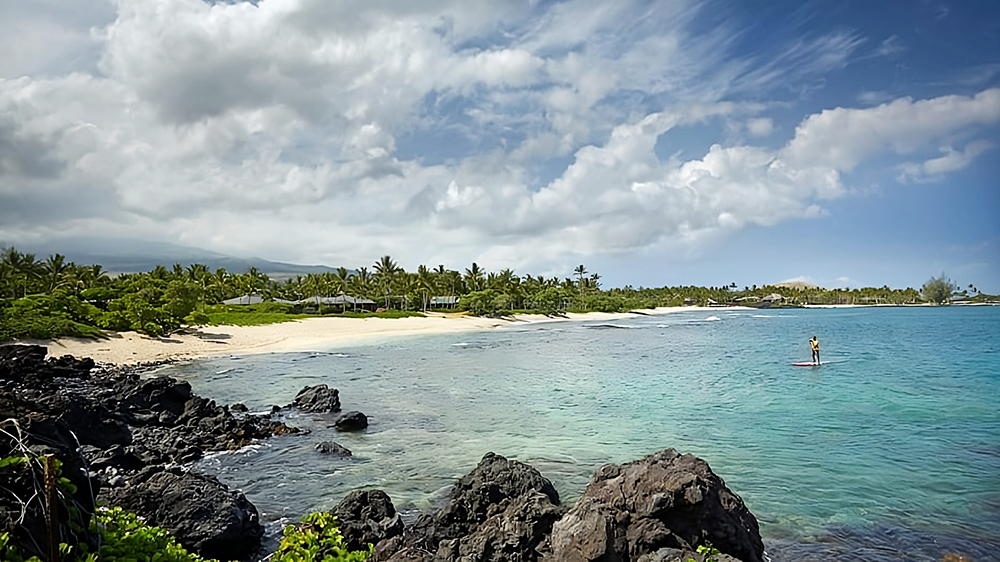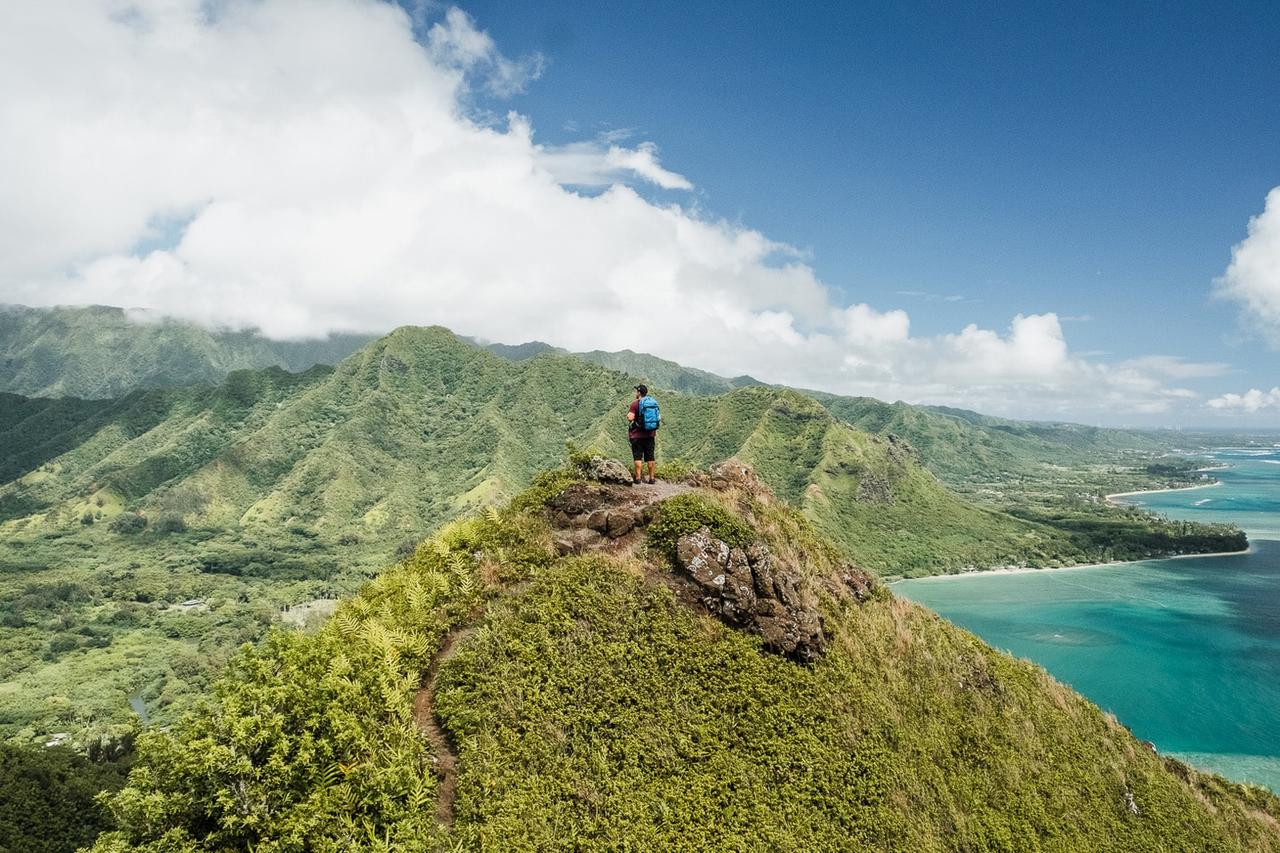Are you planning a trip to the Big Island and want to make sure you explore responsibly? Sustainable tourism is gaining popularity and for good reason. Follow these sustainable tourism tips and discover how to minimize your environmental impact and support local communities while enjoying your trip.
Exploring the Big Island of Hawaii offers a breathtaking experience with its stunning landscapes, rich cultural heritage, and unique biodiversity. As responsible travelers, it’s important to explore responsibly and minimize your impact on the environment and local communities. By following these sustainable tourism tips, you can ensure that your visit to the big island is both enjoyable and eco-friendly.
Whether you’re exploring the lush rainforests, snorkeling in clear blue waters, or learning about the rich Hawaiian culture, there are simple actions you can take to minimize your footprint. Supporting local businesses, respecting wildlife and cultural sites, and practicing responsible waste management are just a few ways to become a responsible traveler. Let’s delve into these tips to make your visit to the big island a sustainable and unforgettable experience.
Why Sustainable Travel?
Sustainable travel, also known as eco-friendly or responsible travel, is a way of exploring the world while minimizing negative impacts on the environment, supporting local communities, and preserving cultural heritage. It involves making conscious choices that promote sustainability and aim to leave a positive footprint on the destinations visited. In this article, we will delve into why sustainable travel in Big Island Hawaii is a must for conscious travelers.
- Minimizes carbon footprint: Sustainable travel focuses on reducing the negative impact of transportation on the environment by embracing alternative means of transportation and supporting local initiatives like public transportation or biking.
- Preserves natural resources: By opting for eco-friendly accommodations and activities, travelers contribute to the preservation of the Big Island’s stunning landscapes, pristine beaches, and unique wildlife habitats.
- Supports local economy: Sustainable tourism encourages visitors to engage with local communities, providing economic opportunities for local businesses and artisans while preserving their cultural heritage.
- Promotes wildlife conservation: Responsible travelers have a significant role in safeguarding the island’s diverse marine and terrestrial ecosystems, respecting wildlife habitats, and avoiding activities that harm or exploit wildlife.
How to Practice Sustainable Travel on Big Island
Practicing sustainable travel requires conscious decision-making and adopting certain habits and practices. Here are some key ways to practice sustainable travel:
1. Choosing Eco-Friendly Accommodations
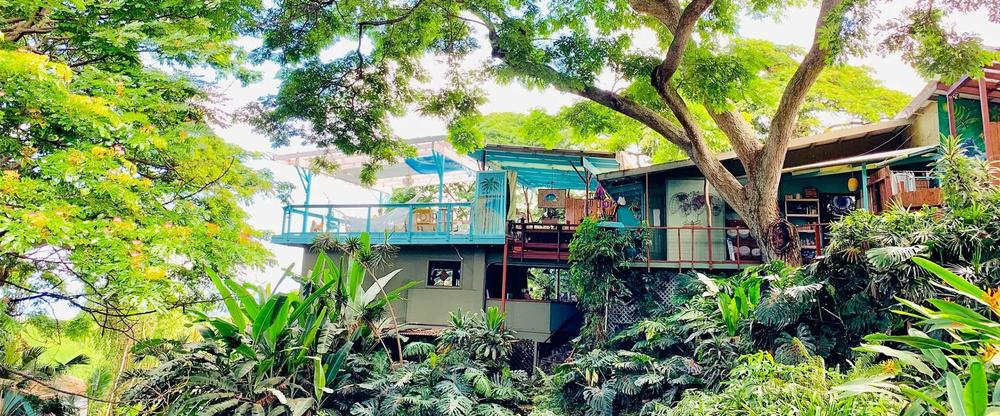
When planning a trip to the Big Island of Hawaii, one of the essential aspects of sustainable travel is choosing eco-friendly accommodations. The Big Island offers a range of options that prioritize environmental stewardship, conservation, and sustainable practices. By selecting eco-friendly accommodations, travelers can minimize their carbon footprint, support local sustainability initiatives, and contribute to the preservation of the island’s natural beauty.
In this section, we will discuss how to make conscious choices when it comes to selecting your accommodations on the big island.
Researching Eco-Friendly Hotels and Resorts
- Look for accommodations that have been certified by recognized eco-tourism organizations such as the green key or LEED certification.
- Read reviews and check the websites of hotels and resorts to see if they prioritize sustainability and have implemented green practices.
- Consider staying at eco-lodges or boutique hotels that are dedicated to minimizing their environmental impact.
Sustainable Amenities and Practices
- Check if the hotel or resort has implemented energy and water conservation measures, such as energy-efficient lighting, low-flow showerheads, and recycling programs.
- Look for green amenities like organic toiletries, eco-friendly linens, and locally sourced, organic food options.
- Inquire about the hotel’s waste management practices and their commitment to reducing single-use plastics.
Supporting Local and Sustainable Businesses
- Choose accommodations that support local communities by sourcing their products and services from nearby businesses.
- Look for hotels and resorts that collaborate with local farmers, artisans, and tour operators to offer authentic, sustainable experiences.
- Opt for accommodations that give back to the community through initiatives such as supporting local schools or contributing to conservation projects.
By following these tips, you can take an active role in promoting sustainable tourism on the big island. Remember, every small choice can make a big difference. So, choose eco-friendly accommodations and embark on a responsible and memorable adventure in this beautiful destination.
2. Conservation and Preservation Activities
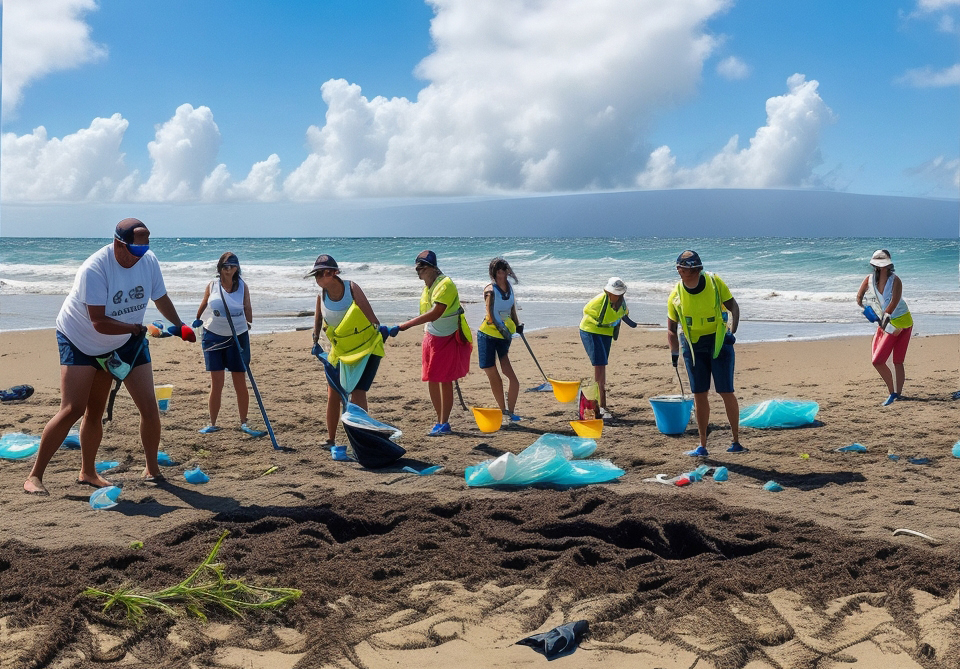
With its diverse ecosystems, unique flora and fauna, and rich cultural heritage, the Big Island offers numerous conservation and preservation activities for visitors to engage in. These activities allow travelers to actively contribute to the protection of the island’s natural resources and support sustainable practices.
In this section, we will explore some of the conservation and preservation activities available on the Big Island.
Exploring Nature Reserves and National Parks
- Big Island is home to a diverse range of nature reserves and national parks that showcase the island’s stunning natural beauty. These protected areas provide opportunities to immerse yourself in the island’s unique ecosystems and contribute to their preservation.
- When exploring nature reserves and national parks, remember to follow designated trails and paths to minimize environmental impact. Stick to marked areas and avoid disturbing plants and wildlife.
Participating in Beach Cleanups and Conservation Projects
- One of the best ways to actively contribute to the conservation and preservation of the Big Island is by joining beach cleanups and other conservation projects. These activities not only help protect the island’s delicate coastal ecosystems but also foster a sense of community and environmental stewardship.
- By participating in beach cleanups, you can help remove trash and debris from the shoreline, reducing the harmful effects on marine life. It’s an opportunity to make a tangible difference in preserving the island’s pristine beaches for future generations.
Engaging in Responsible Wildlife Tourism
- Big Island is teeming with incredible wildlife, from sea turtles to dolphins and exotic bird species. However, it’s important to engage in responsible wildlife tourism to ensure the well-being of these animals and their habitats.
- Before participating in any wildlife tourism activity, make sure it is ethical and contributes to conservation efforts. Choose operators that prioritize the welfare of the animals and adhere to guidelines for responsible tourism practices.
- Observe wildlife from a respectful distance, avoiding any actions that may disturb or harm them. Do not touch or feed the animals, as this can disrupt their natural behaviors and ecosystems.
By exploring nature reserves and national parks, participating in beach cleanups and conservation projects, and engaging in responsible wildlife tourism, we can all play a role in preserving the natural wonders of Big Island. Let’s embrace sustainable tourism and leave a positive impact on this beautiful destination.
3. Sustainable Transportation Options

The Big Island of Hawaii offers an abundance of natural wonders and cultural experiences that make it a dream destination for many travelers. By choosing sustainable transportation options, visitors can minimize their environmental impact and contribute to the preservation of this beautiful island.
This section highlights three sustainable transportation options for exploring the big island responsibly.
Utilizing Public Transportation Systems
- Taking advantage of the island’s public transportation systems can significantly reduce carbon emissions and traffic congestion.
- The hele-on bus service, operated by the Hawaii County mass transit agency, provides convenient and affordable transportation across the island.
- With routes covering major tourist destinations, such as kona and hilo, visitors can easily access popular attractions while minimizing their carbon footprint.
- The buses are equipped with bike racks, allowing travelers to combine cycling with their public transportation journey for a truly eco-friendly and immersive experience.
Renting Eco-Friendly Vehicles
- For those who prefer the freedom and flexibility of a private vehicle, renting an eco-friendly car is a great option.
- Many car rental agencies on the big island offer electric vehicles or hybrid models, which produce fewer emissions compared to traditional gasoline-powered cars.
- By choosing these eco-friendly options, visitors can explore the island at their own pace while reducing their carbon footprint.
- Additionally, some car rental companies have implemented sustainable practices like using renewable energy sources for recharging electric vehicles and maintaining a fleet of fuel-efficient vehicles.
Carpooling and Bike-Sharing Initiatives
- Another sustainable transportation option on the big island is to participate in carpooling or bike-sharing initiatives.
- Sharing rides with fellow travelers not only reduces the number of vehicles on the road but also promotes social interaction and fosters a sense of community.
- Several online platforms and mobile apps connect travelers looking to carpool, making it easy to share transportation costs and reduce individual carbon emissions.
- Additionally, bike-sharing programs provide an eco-friendly alternative for short-distance travel, allowing visitors to explore local areas while enjoying the island’s stunning scenery.
By utilizing public transportation systems, renting eco-friendly vehicles, and participating in carpooling and bike-sharing initiatives, travelers can contribute to sustainable tourism on the big island. These transportation options not only minimize environmental impact but also enhance the overall experience.
4. Supporting Local Communities
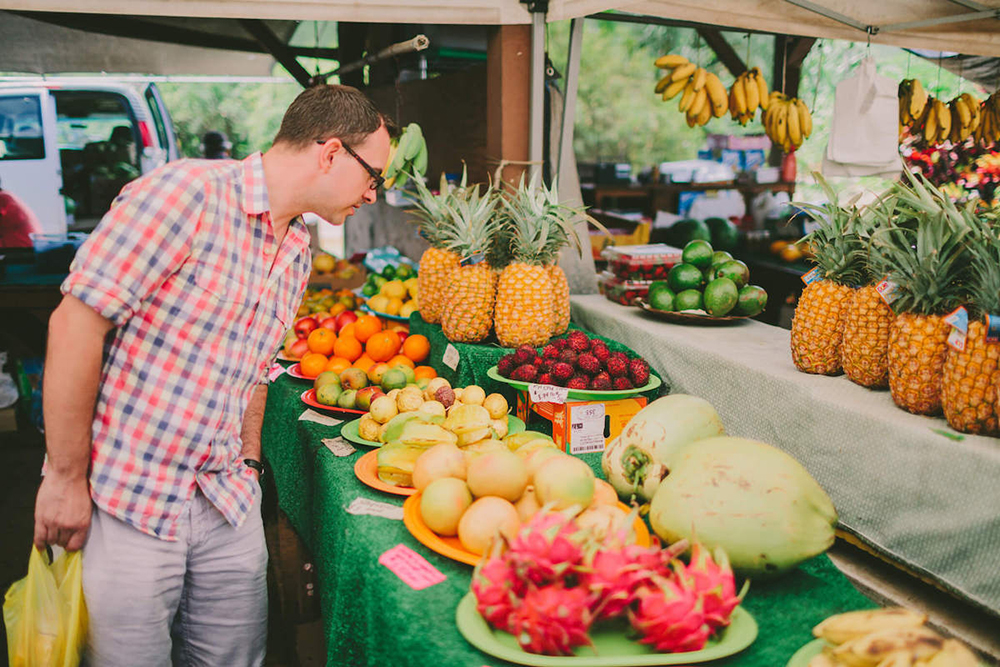
Sustainable tourism is all about being mindful of the impact our travels have on the destinations we visit. One aspect of responsible tourism is supporting local communities, preserving culture, and traditions, and driving economic development. By engaging in activities that support the local community for a meaningful and sustainable travel experience on the Big Island.
Here are some sustainable tourism tips on how to do so:
Visiting Local Markets and Shops
- Explore the vibrant local markets and shops to discover authentic handicrafts, locally made products, and fresh produce, directly supporting local artisans and businesses.
- By purchasing souvenirs and gifts from these establishments, you are not only taking home a piece of the destination but also supporting the local economy.
Participating in Cultural Activities and Events
- Immerse yourself in the local culture by attending cultural activities and events, such as music and dance performances or festivals. These events often provide opportunities to directly interact with the locals and learn about their traditions.
- Through your participation, you are contributing to the preservation and promotion of cultural heritage while providing economic benefits to the community members involved in organizing these events.
Volunteering with Community-Based Organizations
- Giving back to the community by volunteering with community-based organizations is an impactful way to support local initiatives and make a positive difference during your visit.
- Look for opportunities to get involved in projects related to environmental conservation, education, or social welfare. This can range from beach clean-ups to assisting in local schools or participating in sustainable development initiatives.
Supporting local communities while visiting the big island not only enhances your travel experience but also promotes sustainable tourism practices. By volunteering with community-based organizations, you contribute to the preservation of rich cultural heritage and the economic growth of the destination.
5. Sustainable Dining and Food Choices

The Big Island of Hawaii is not only a haven for natural beauty but also a culinary paradise. The island offers a wide range of sustainable dining options. Visitors can indulge in delicious cuisine while supporting local producers and reducing their environmental impact.
In this section, we will explore sustainable dining and food choices on the Big Island, providing insight into how conscious travelers can make environmentally-friendly decisions without compromising on taste.
Choosing Restaurants that Prioritize Local and Sustainable Ingredients
- Opt for restaurants that prioritize sourcing ingredients locally and sustainably. This ensures that the food you consume supports local farmers and reduces the environmental impact of long-distance transportation.
- Look for menus that highlight locally sourced and seasonal ingredients. This indicates a commitment to supporting the local community and reducing its carbon footprint.
- Seek out restaurants that partner with local farmers and suppliers. This helps to create a direct and sustainable supply chain while promoting local food culture.
Trying Traditional and Indigenous Cuisine
- Embrace the opportunity to explore traditional and indigenous cuisines. These dishes often rely on locally available ingredients and reflect the unique cultural heritage of the destination.
- Seek out restaurants or food stalls that offer traditional dishes made with authentic recipes. This allows you to immerse yourself in the local food scene and support the preservation of cultural traditions.
- Opt for dishes that feature indigenous ingredients and cooking techniques. Trying these culinary delights not only supports the local economy but also promotes cultural diversity and understanding.
Reducing Food Waste and Supporting Farmers Markets
- Be mindful of food waste by ordering only what you can finish. If you are not sure about portion sizes, consider sharing dishes with your travel companions.
- Take note of restaurants that implement sustainable practices to minimize food waste. These establishments may offer smaller portion sizes or have creative ways to repurpose food scraps.
- Support local farmers’ markets, where you can find fresh produce and locally made products. By shopping at these markets, you are supporting local growers and reducing the carbon footprint associated with long-distance transport.
Choose sustainable dining to protect the environment, support locals, and savor regional flavors on the Big Island. Remember, every bite you take can make a positive impact.
6. Responsible Adventure Activities
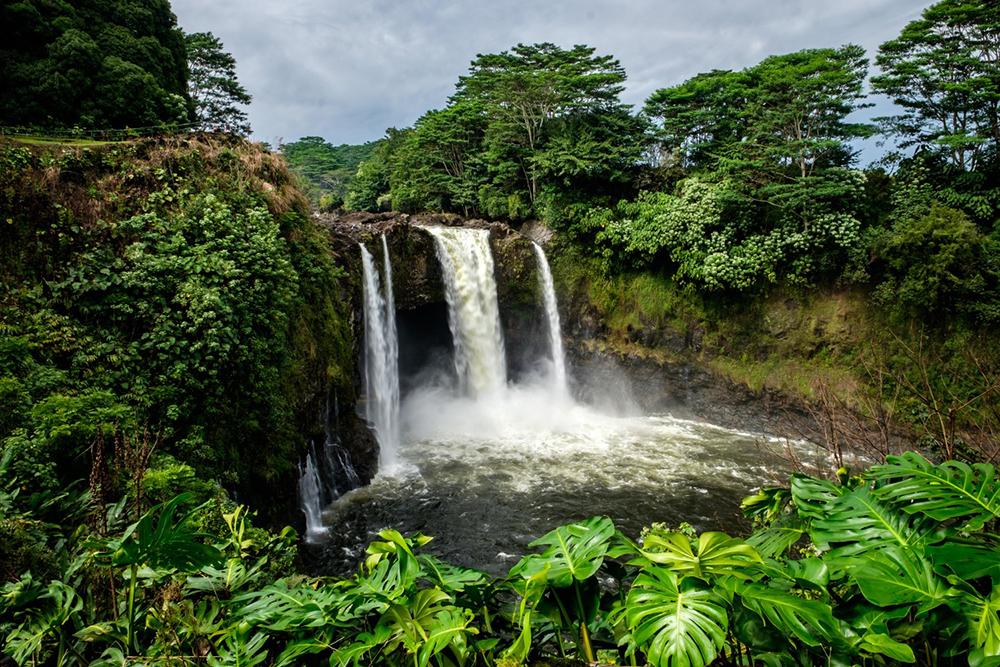
Sustainable tourism is about exploring and enjoying a destination while minimizing our impact on the environment. When it comes to adventure activities on the big island, responsible choices can make a big difference. Engaging in low-impact outdoor activities, supporting eco-friendly tour operators, and respecting wildlife and natural habitats are key to responsible travel.
In this section, we will explore these ideas in detail, providing you with practical sustainable tourism tips for enjoying the island’s adventures while minimizing your ecological footprint. Let’s dive in!
Engaging In Low-Impact Outdoor Activities
- Opt for activities that have a minimal impact on the environment and local communities.
- Choose hiking or biking over motorized means of transportation.
- Stick to designated trails to avoid damaging sensitive ecosystems.
- Pack out any trash or waste and leave no trace of your visit.
- Avoid disturbing wildlife or vegetation, preserving the beauty and integrity of natural areas.
Supporting Eco-Friendly Tour Operators
- Look for tour operators that prioritize sustainability and environmental stewardship.
- Research if they follow eco-friendly practices, such as using electric vehicles or supporting local conservation initiatives.
- Seek out operators that engage in responsible wildlife viewing and adhere to guidelines for interacting with marine life.
- Consider joining group tours, as they often have a lower environmental impact than individual tours.
Respecting Wildlife and Natural Habitats
- Keep a safe distance from wildlife to avoid causing stress or altering their natural behavior.
- Avoid feeding or touching animals, as it can disrupt their diet and lead to the spread of diseases.
- Respect seasonal or designated closures in areas where wildlife is nesting, foraging, or breeding.
- Do not remove natural souvenirs, such as shells or rocks, as they play an essential role in the ecosystem.
- Be mindful of noise levels, as loud noises can disturb wildlife and their habitats.
Enjoy the wonders of the Big Island responsibly by engaging in low-impact activities, supporting eco-friendly operators, and respecting wildlife and habitats. Let’s cherish and protect this beautiful destination for future generations to come.
7. Educating Yourself and Others
The key to responsible and sustainable travel on Big Island lies in educating yourself and others about the local culture, history, and sustainable tourism practices. By embracing Hawaiian traditions and promoting responsible tourism, we positively impact the island and its communities.
Here are some tips to help you educate yourself and others about sustainable tourism on Big Island:
Learning about Hawaiian Culture and History
- Immerse yourself in the rich Hawaiian culture by visiting local museums, historical sites, and cultural centers.
- Engage with local residents and ask them about their traditions, customs, and history.
- Attend traditional ceremonies, performances, and events to gain a deeper understanding of Hawaiian culture.
- Read books and articles written by local authors to learn about the island’s history, legends, and folklore.
Spreading Awareness of Sustainable Tourism Practices
- Share your knowledge and experiences with friends, family, and fellow travelers about the importance of sustainable tourism.
- Use social media platforms to promote responsible travel habits and highlight eco-friendly activities on Big Island.
- Write reviews and recommendations for sustainable accommodations, tour operators, and restaurants to help others make informed choices.
- Support local businesses that prioritize sustainability and actively contribute to environmental conservation efforts.
Encouraging Others to Adopt Responsible Travel Habits
- Lead by example and practice responsible travel habits such as reducing waste, conserving water and energy, and respecting wildlife and natural habitats.
- Engage in conversations with fellow travelers and educate them about the impact of their choices on the environment and local communities.
- Share practical tips and resources on sustainable travel, such as packing light, using public transportation, and choosing eco-friendly activities.
- Encourage others to support local initiatives and organizations working towards preserving the natural beauty and cultural heritage of Big Island.
By learning about Hawaiian culture, history, and sustainable tourism, we enhance travel on Big Island. Let’s explore this beautiful destination with respect and leave a positive impact on future generations.
Finally Insights
Sustainable tourism is a crucial aspect of preserving the beauty and integrity of the Big Island. By following the sustainable tourism tips throughout this article, visitors can make a positive impact on the island’s natural resources and local communities.
Remember to choose eco-friendly accommodations, support local businesses, and engage in activities that promote conservation and cultural awareness. The Big Island offers an array of breathtaking landscapes and unique experiences, but it is essential to explore them responsibly. By being mindful of our impact on the environment and respecting the local culture, we secure a future for the island’s wonders.
So, let us embark on our journeys with a commitment to sustainability and leave a positive footprint on the big island.

